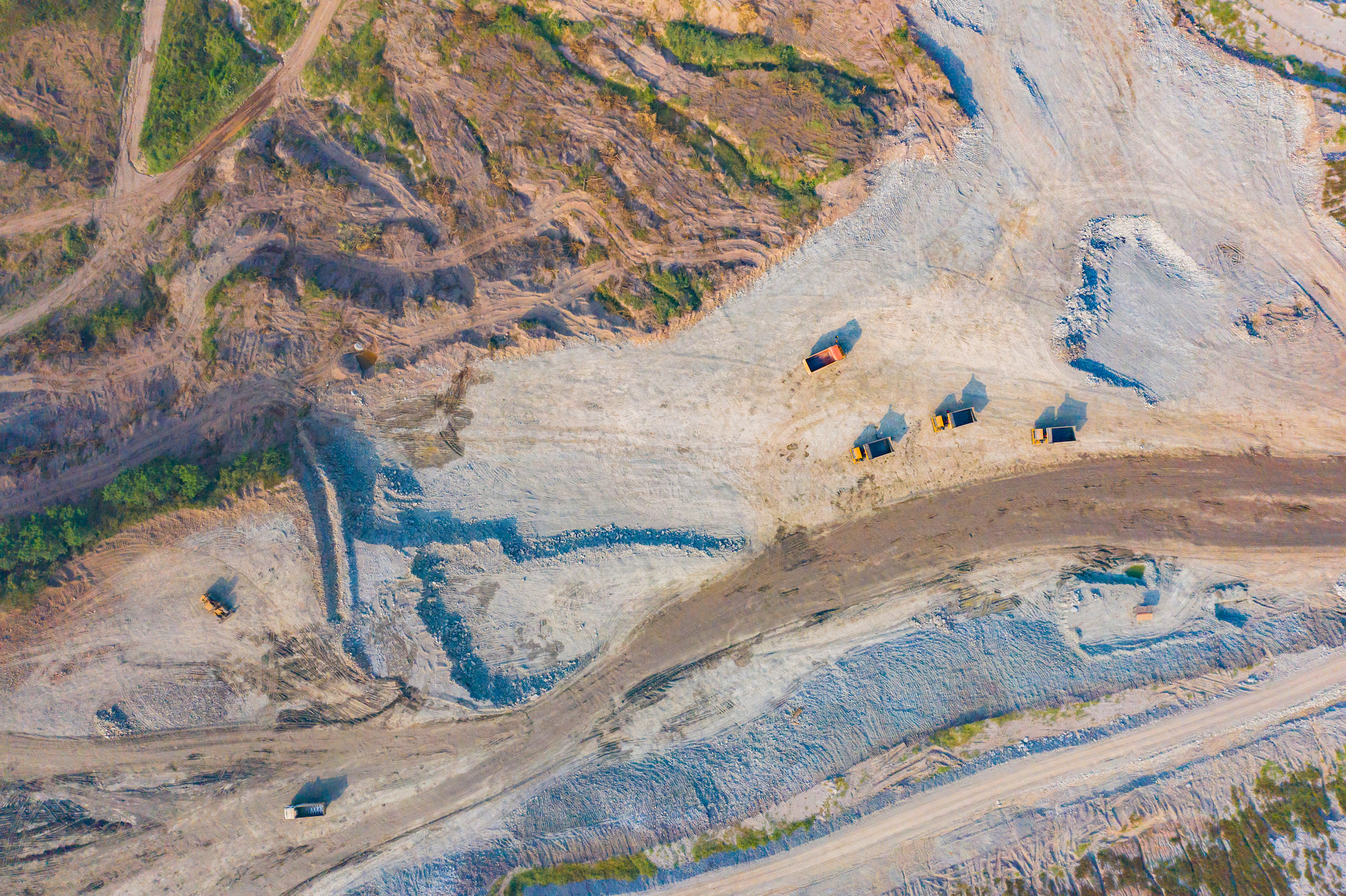5 Key Changes for Business Owners in the One Big Beautiful Bill Act
5 Key Changes for Business Owners in the One Big Beautiful Bill Act Tax laws are shifting, and the choices you make today could have a lasting impact on your business’s profitabi

Rare earth minerals are crystalline structures containing rare earth elements (REEs), which are essential for both the global economy and national defense. REEs consist of 17 elements on the periodic table: the 15 lanthanides, plus yttrium and scandium. Their unique properties enable a wide range of applications in daily life, from powering the displays of flat-screen TVs, computer monitors, smartphones, and stadium scoreboards to enhancing the optical performance of digital cameras. They are critical in refining petroleum, purifying steel, and creating powerful magnets capable of supporting hundreds of times their own weight. These magnets are used in medical devices, clean energy technologies, computer hard drives, earbuds, smartphones, and automotive systems. REEs also play a key role in defense technologies, including radar, lasers, missile systems, drones, nuclear submarines, and fighter jets.
Despite their name, REEs are not scarce in the Earth’s crust. In fact, they are more abundant than precious metals like silver, gold, or platinum. Cerium, the most common REE, occurs more frequently than copper or lead. However, their “rarity” stems from the challenge of finding them in concentrations viable for profitable mining. REEs are typically embedded within other minerals, often mixed together, requiring a complex and costly extraction process that demands specialized facilities, equipment, and expertise. The process can be summarized as follows:
An industry expert likened this to “designing a chemical process to isolate blue M&Ms from a mix and then extracting the cocoa from those candies.” A major concern is the radioactive waste generated during separation, which, if mishandled, can contaminate water sources, posing risks to wildlife and human health.
Until the 1990s, the United States was a leading refiner of rare earths, but China has since dominated the industry. China controls approximately 60% of global mining, 91% of refining, 87% of oxide separation, and 94% of magnet production. This dominance is fueled by access to high-quality mines, affordable chemicals, a skilled workforce, and a willingness to manage toxic mining waste.
According to the U.S. Geological Survey, the United States produced about 45,000 metric tons of rare earth oxides in 2024, valued at $260 million, compared to China’s 270,000 metric tons. While the U.S. ranks second in production, it is seventh in reserves, trailing China, Brazil, India, Australia, Russia, Vietnam, and Greenland. Global rare earth reserves are estimated to exceed 90 million metric tons.
Efforts to revive U.S. rare earth mining have faced challenges, including environmental regulations, permitting delays, and China’s market dominance. China often suppresses competition by flooding the market with magnets, driving prices to unsustainable levels, and restricting exports to influence trade negotiations. For example, following the Liberation Day tariffs announced by President Trump last spring, China reduced magnet exports by 45% in April and 74% in May, the largest drop since 2012. Exports to the U.S. plummeted by 59% in April and 93% in May, forcing one U.S. automaker to halt operations temporarily. A June agreement allowed U.S. manufacturers a six-month supply of magnets.
Currently, the U.S. accounts for about 12% of global rare earth mining, primarily from a single mine in California’s Mojave Desert. However, roughly two-thirds of U.S.-mined materials are sent to China for processing and magnet production before being re-imported.
In July, the U.S. Department of Defense allocated hundreds of millions of dollars to the company operating the California mine, aiming to boost processing and magnet production tenfold. The Pentagon has also provided purchase and price guarantees to ensure the company’s viability against China’s market tactics. Combined with other U.S. rare earth projects, this initiative could potentially reduce reliance on China within three to five years.
The rare earth industry is complex, costly, and environmentally challenging, but reducing dependence on China is critical for the economic and security interests of the United States and other nations. Addressing these challenges will require careful management of environmental risks and sustained investment in domestic capabilities.
Sources: U.S. Geological Survey (November 2014, January 2025); American Geosciences Institute (2025); The Wall Street Journal (March 24, 2025; April 25, 2023; June 19, 2025; July 10, 2025; July 15, 2025); Investing News Network (February 5, 2025).
5 Key Changes for Business Owners in the One Big Beautiful Bill Act Tax laws are shifting, and the choices you make today could have a lasting impact on your business’s profitabi
Florida Tax Considerations for Retirees Florida may be tax-friendly, but understanding the details now can make all the difference in how secure and comfortable your retirement wil
2025 Senior Tax Break: $6,000 Deduction to Ease Living Costs A new $6,000 senior tax break could make everyday expenses more manageable—but only if you know how to take full adva